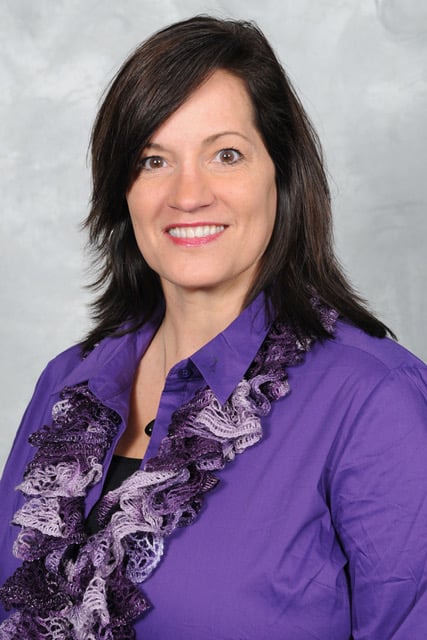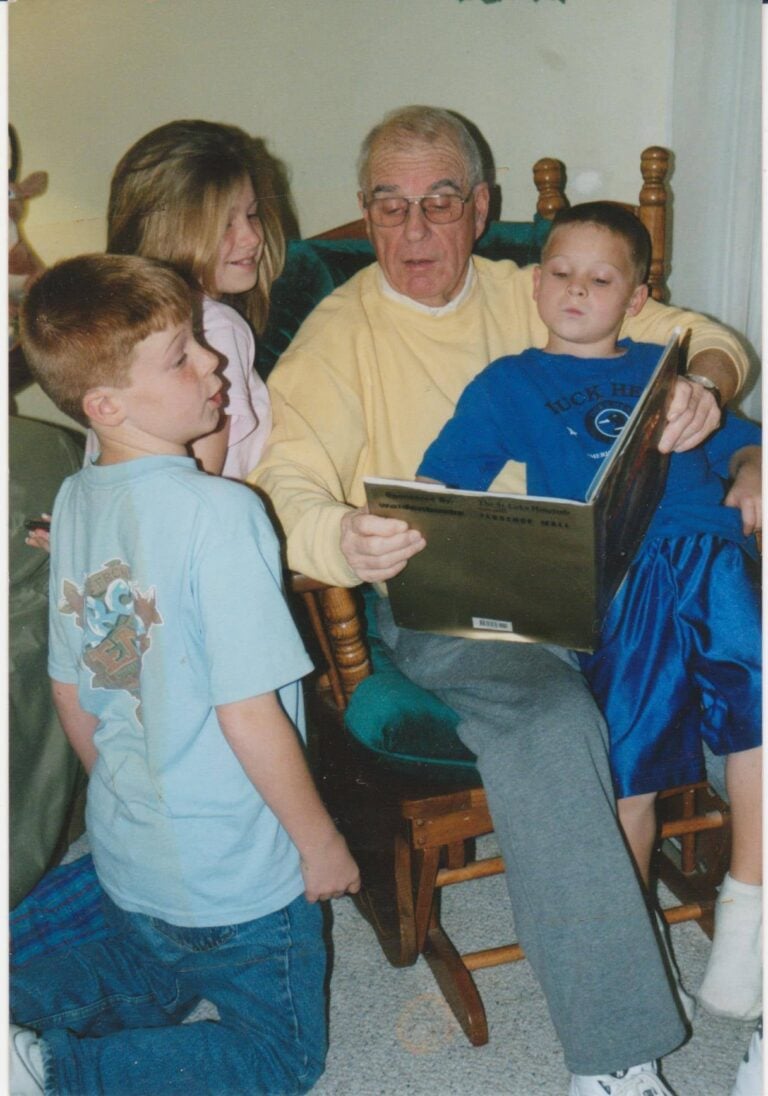November is American Diabetes Month, thirty days set aside to shed light on a chronic condition that remains one of the fastest growing illnesses in Kentucky, the U.S., and around the world. It is also a disease that as of yet has no cure.
According to the World Health Organization, diabetes currently affects more than 415 million people worldwide. Included in that total are at least 25.8 million US citizens, more than 420,000 Kentuckians, and at least 8,000 people (including myself) who live in Madison County. What’s so staggering about these figures is that it doesn’t take into account the 79 million US citizens and more than 1.1 million Kentuckians estimated to be pre-diabetic.
Together, those figures represent nearly half of U.S. adults according to the Centers for Disease Control.

So widespread is this disease that in 1991 the International Diabetes Federation proclaimed Nov. 14 World Diabetes Day to call attention to this worldwide epidemic. Why Nov. 14? It was the birth date of Frederick Banting, a Canadian physician who in 1921, along with medical student Charles H. Best, discovered the hormone insulin. It was a discovery which until that time meant almost certain death for anyone who contracted the disease.
So how then does an illness considered mostly controllable and preventable today remain one of the leading causes of disability and death in the United States, and take the lives of more than 1,200 people annually in Kentucky?
Experts say that millions of people continue to lack access to the care, treatment, and education needed to identify, prevent, or manage diabetes or prevent serious and costly complications in the future. Others simply fail to take advantage of community screenings early enough or do not do one at all.
Despite ongoing efforts to increase awareness, one in two adults with diabetes remain undiagnosed or fail to get screened in time to prevent the risk of more serious complications later on. Adding to the frustration is the fact that up to 70 percent of type 2 diabetes cases can be prevented or delayed through the adoption of healthier lifestyles. These changes include eating healthy, increasing physical activity, and losing weight; something too many of us either fail to do or are unable to do.
Kentucky is plagued by a number of factors that cause diabetes to fester and makes it tough to eat well, find safe places to exercise or get to the doctor. Chief among them is poverty. One in five Kentuckians lives below the poverty line — the nation’s third-highest rate.
Another is obesity, which afflicts some 35 percent of Kentucky adults, putting them at an even higher risk for diabetes. It’s not just adults who are increasingly susceptible to the disease. People of all ages and all socioeconomic backgrounds are being impacted. This includes an increasing number of children and adolescents both here in Kentucky and elsewhere around the country.

The American Diabetes Association ranks Kentucky sixth in the nation in diagnosed diabetes, rising from 4.3 percent to 11.3 percent in a span of twenty years (1994 -2014). It further estimates related medical costs and lost productivity to total around $3.85 billion in our state and $245 billion nationally.
Yet despite the emotional and financial costs to individuals, families, and communities, far too many still fail to grasp the urgency of the situation either for themselves or someone they love.
In their 2014 book, The Great Diabetes Epidemic: A Manifesto for Control and Prevention, Dr. Gilbert Friedell, former director of the Markey Cancer Center at the University of Kentucky and founder of the Friedell Committee, a statewide health care policy organization; and co-author Isaac Joyner, a public health policy analyst, cited similar concerns in addressing the public’s response to diabetes. They point out that treating diabetes on a one-patient-at-a-time basis, won’t deal with an epidemic.
The first step in changing that, they say, is through widespread, routine screening. Health officials now recommend diabetes screening for people with high blood pressure, or anyone over the age of 45. Friedell and Joyner think everyone over age 20 should be screened.
One big problem they see is the attitude that exists around diabetes. It’s viewed as an individual problem rather than a societal one. They recognize that individuals need to change their behavior, but it’s easier to do when the whole community says that diabetes is our problem.

The biggest issue, they cite, is public awareness — and urgency. “There has to be a sense of urgency, and there is no sense of urgency about diabetes.”
It’s been 40 years since the start of American Diabetes Month and 25 years since the launch of World Diabetes Day. For those who’ve yet to do so, I urge you to pick a day to stand up for your own health, become the change we seek, and make it a point to be screened.
For further information on diabetes resources contact your local county health department, the American Diabetes Association or the Centers for Disease Control.

Jeff Rubin is an advocate and adviser on community and aging issues, having spent over 20 years as a director and facilitator of community service programs at the local, state and national levels. An advocate for “Age-friendly” and “Livable” communities, Mr. Rubin is currently working to advance these initiatives statewide in Kentucky and invites your comments, involvement, and support. He can be reached at Jeffrubin@windstream.net.






















In July of 2016. it was discovered that I got type 2 diabetes, By the end of the July month. I was given a prescription for the Metformin, I stated with the ADA diet and followed it completely for several weeks but was unable to get my blood sugar below 140, Without results whatever I did, I really panicked and called my doctor. His response?? Deal with it yourself, I started to feel that something wasn’t right and do my own research, Then I found Lisa’s great blog (google ” HOW NOW I HELPED MYSELF FROM THE DIABETES ” ) .. I read it from cover to cover and I started with the diet and by the next morning. my blood sugar was 100, Since then. I get a fasting reading between the mid 70s and 80s, My doctor was very surprised at the results that. the next week. he took me off the Metformin drug, I lost 35 pounds in my two month and lost more than 8 inches off my own waist as well as I can exercise twice per day and still having a lot of energy.The truth is that we can get off the drugs and help ourselves by trying natural methods..